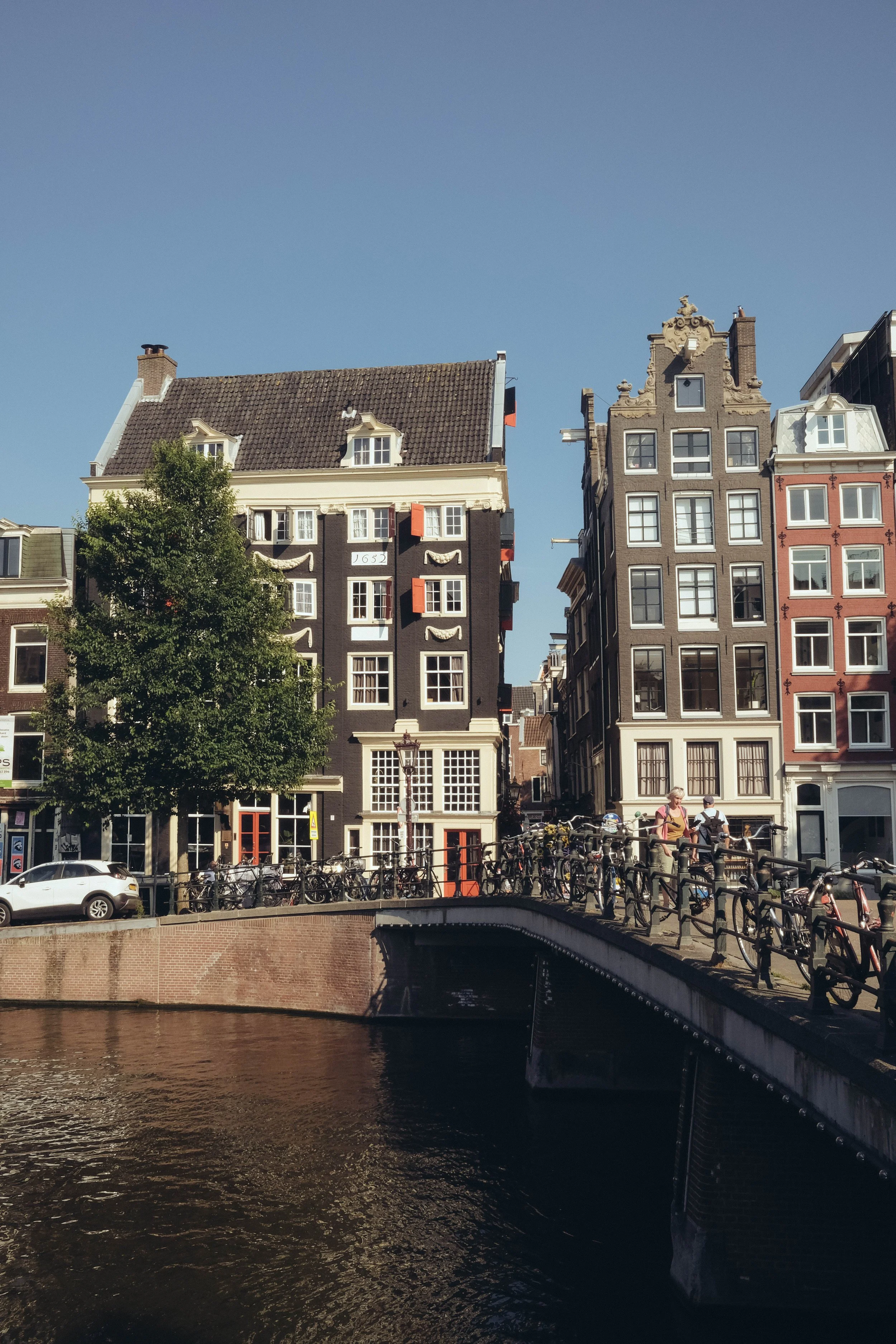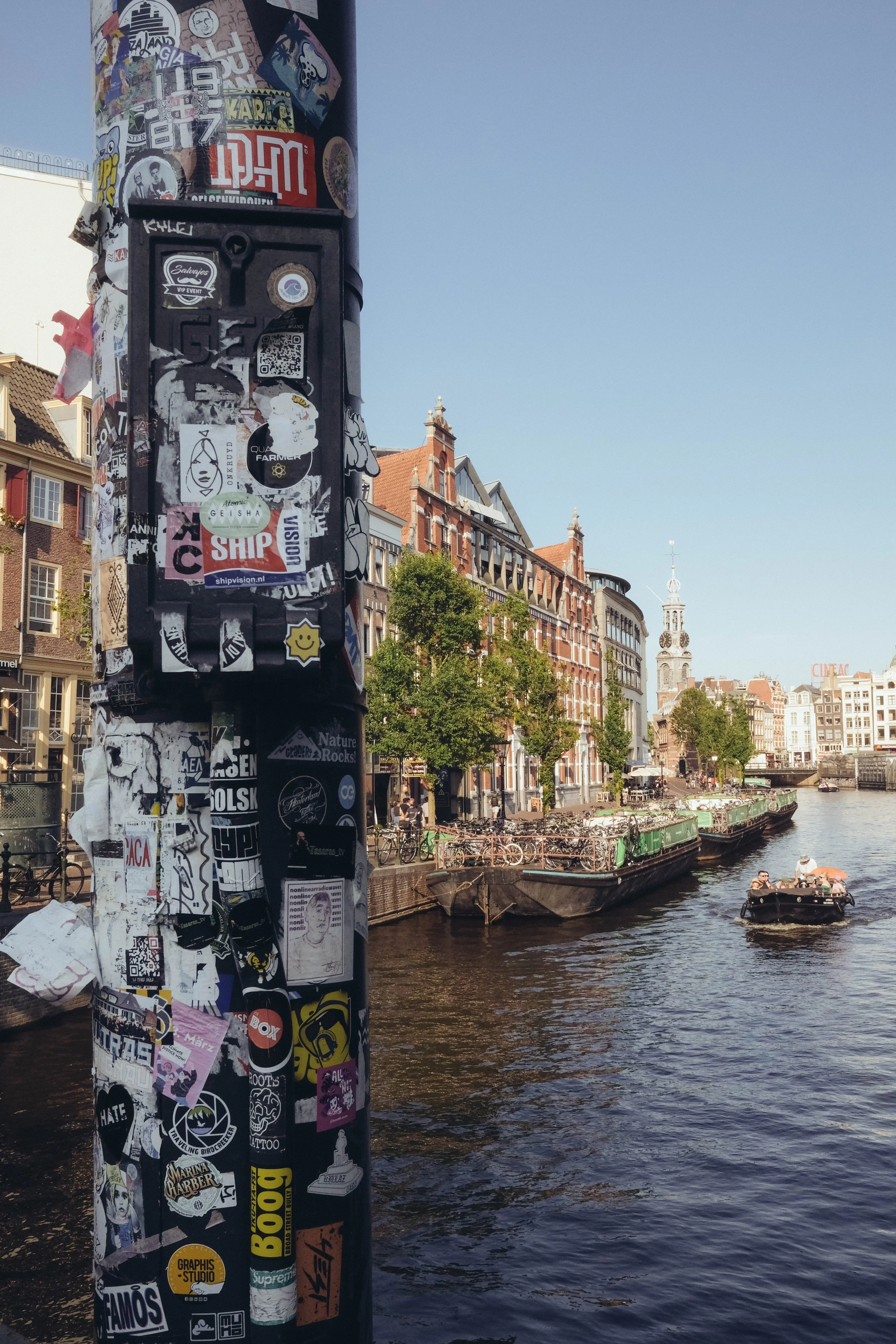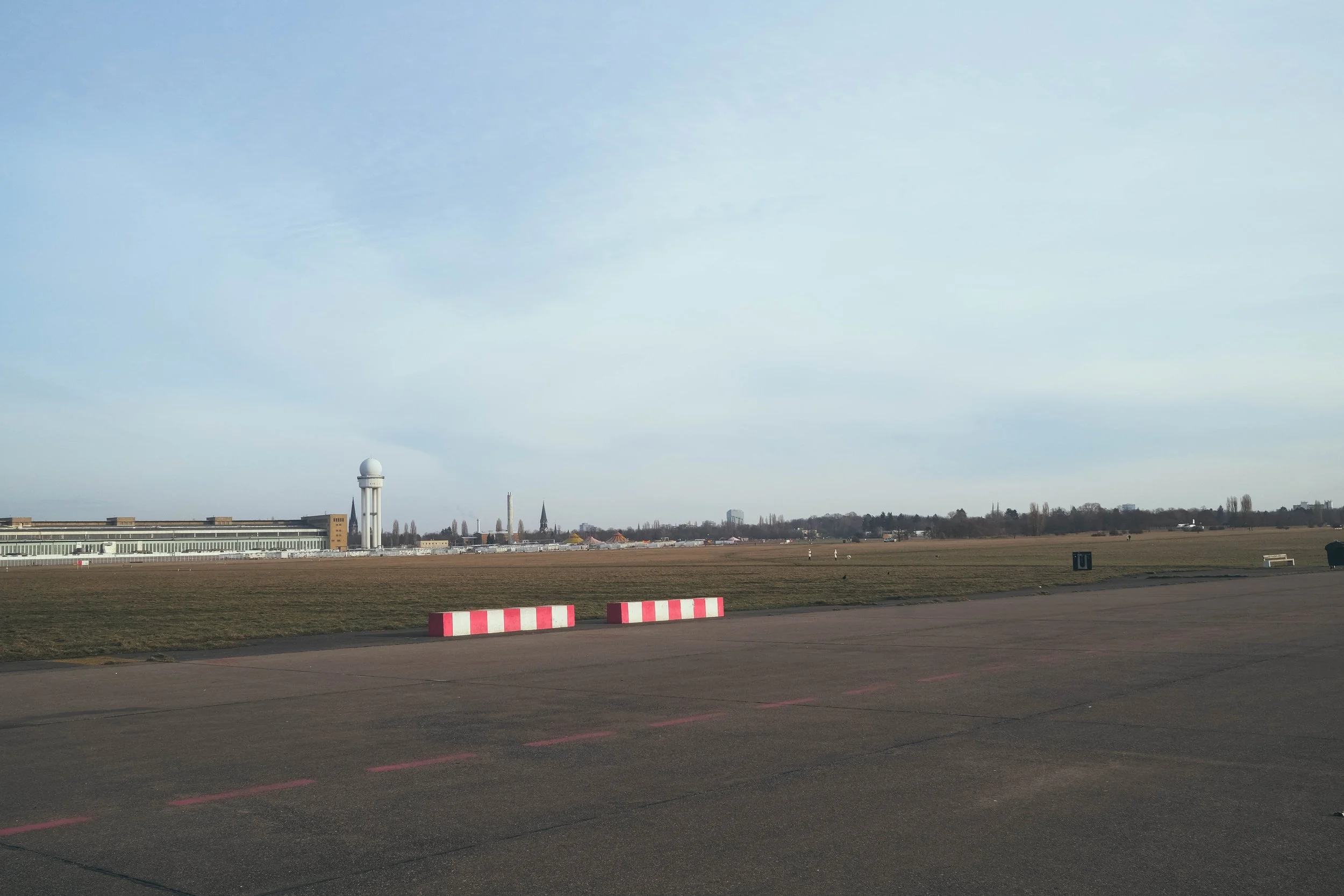Cities at a Human Pace: Running Where Movement Still Matters
The Here & Now of Building for Physical Health (And books Recs to Support)
As a Midwestern distance runner, I’ve developed a habit of scouting for places where people—not cars—set the pace. Paths where movement feels natural, where the rhythm of feet on pavement outnumbers the hum of engines. Over the years, those places have traced a line across Detroit, San Francisco, Leelanau County, Paris, Amsterdam, London, and now Ann Arbor.
I’ve always favored the quieter routes: the Bridge-to-Bridge trail in Ann Arbor, sweeping through Ann Arbor’s biggest parks, Crissy Field’s gravel beach road in San Francisco, Detroit’s Dequindre Cut cutting away from the traffic noise, or the banks of the Seine in Paris in the Mornings, collectively running with numerous strangers. These spaces are built for people, designed with ease and flow, proof that a city can nurture movement rather than stifle it.
Too often in America, especially here in the Midwest, the city is shaped by the car and only for the car. Single-family homes stretch wide, parking lots sprawl into asphalt fields, and daily life becomes a series of single-passenger, seated commutes. The result? Restricted access, dwindling community spaces, and a slow erosion of our physical and mental health.
What creates or hinders a healthy environment? The restrictions. The access. The appeal. The affordability. The ability of choice.
But in rare patches, you can feel a different story—a bike path threading through a neighborhood, a pocket park alive with pick-up soccer, a light-rail stop that connects strangers to Golden Gate Park. These glimpses remind me of what’s possible to feed off the physical connection of space.
In Paris, I saw it done on a largely active scale: cyclists outnumbered drivers, corner stores were within a short stroll, and recreation was built into the city’s fabric, such as old rails to trails. Amsterdam and Berlin offered a similar experience: spaces that welcome your body into motion, that invite you to live outside your car, to experience your city at a human heartbeat.
Human movement matters. It’s more than transportation—it’s community, health, culture, and joy. We can design cities to honor that. And until more places do, I’ll keep tracing these routes—one footfall, one city, one reminder at a time—that we’re capable of building something better.
Central Amsterdam Bike Travel
Central Amsterdam River Scene
Everyday Miles: Embedding Health Through Your City
Commute on Foot (or Two Wheels): Turn part or all of your trip to work or errands into a walk, jog, or bike ride. Even a single transit stop early adds intentional movement.
Choose People-Centered Streets: Seek neighborhoods with sidewalks, bike lanes, and park connections—then support the businesses that thrive there. Your feet cast a vote for better design.
Turn Errands Into Exploration: Swap a car errand for a walking or running route through a new neighborhood. Seeing the city at street level strengthens both body and connection.
Use Transit as Cross-Training: Ride partway, then run or walk the rest. Combining modes cuts down on driving and builds endurance in small, sustainable doses.
Anchor Rituals Around Place: A Saturday farmers market run or an evening loop with a group of friends through the local park becomes both exercise and community touchpoint.
Notice & Share: Snap a photo or jot a note when you discover a pedestrian bridge, a pocket park, or a perfect stretch of path. Share it—awareness shapes demand for people-first spaces.
Books to Read: Architecture, Memory & Healthy Cities
Happy City: Transforming Our Lives Through Urban Design by Charles Montgomery
Explores how the design of our cities (streets, parks, public spaces) influences our happiness, mental health, and how we form community. A great bridge between design theory and lived everyday experience.Designing Future Cities for Wellbeing by Christopher T. Boyko, Rachel Cooper, Nick Dunn
A newer collection, dealing with how housing, transport, energy, food, and green space all intersect to shape our wellbeing. Good for broadening frameworks.The Poetics of Space by Gaston Bachelard
Less about urban planning, more about how spaces are lived, remembered, felt. Interiors, windows, corners—all small moments that form memory. Great for the more atmospheric/emotional side of your writing.Walkable City: How Downtown Can Save America, One Step at a Time by Jeff Speck
A practical and passionate guide to what makes a city walkable, livable, and human-scaled. Perfect for understanding how movement, sidewalks, street design, and transit shape daily life.A Pattern Language by Christopher Alexander, Sara Ishikawa, Murray Silverstein et al.
Offers “patterns” of what makes places feel human: scale, light, pathways, gathering spaces. Useful for designing or observing those everyday, memorable features.
Berlin - Tempelhof Park (Airport for WW II transformed into a public park)



